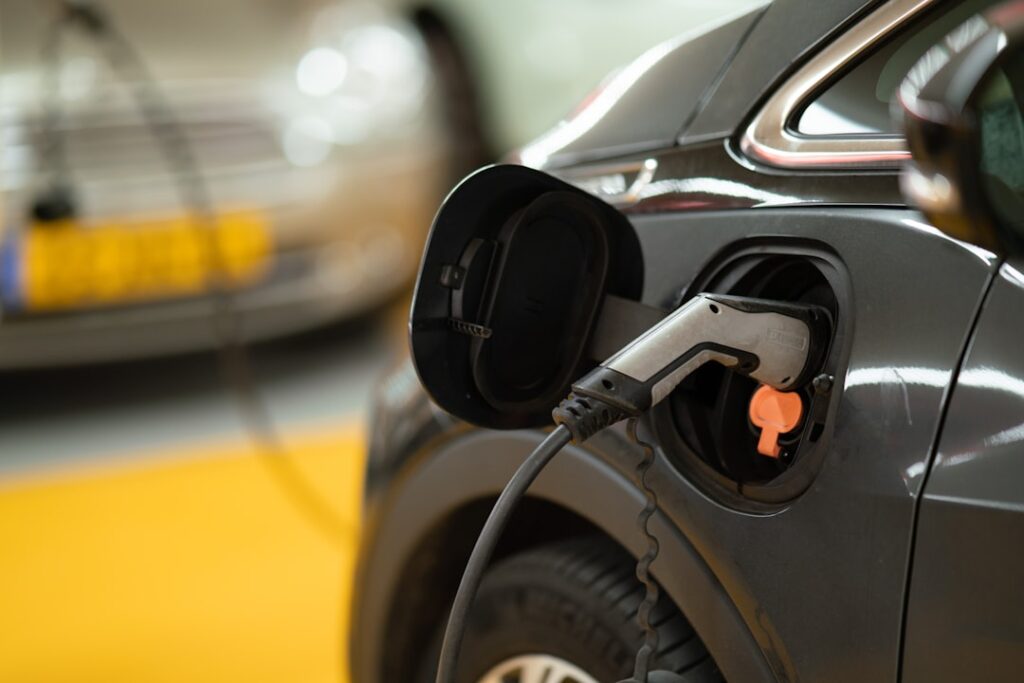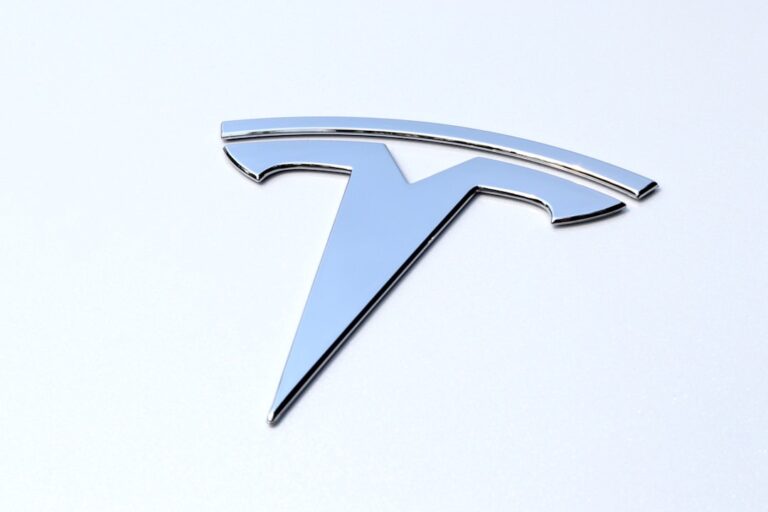
**The Evolution of Electric Cars** The journey of electric cars has been a remarkable one, marked by innovation, technological advancements, and a growing awareness of environmental issues. The concept of electric vehicles (EVs) dates back to the 19th century, with early prototypes emerging as far back as the 1830s. However, it wasn’t until the late 20th century that electric cars began to gain traction in the mainstream automotive market.
The oil crises of the 1970s and increasing concerns about air pollution prompted a renewed interest in alternative fuel vehicles. Despite these early efforts, electric cars struggled to compete with their gasoline-powered counterparts due to limitations in battery technology and range. Fast forward to the 21st century, and the landscape of electric vehicles has transformed dramatically.
The introduction of lithium-ion batteries has significantly improved energy density, allowing for longer ranges and shorter charging times. This technological leap has paved the way for companies like Tesla to revolutionize the market. Tesla’s launch of the Roadster in 2008 marked a turning point, showcasing that electric cars could be both high-performance and desirable.
Since then, the evolution of electric cars has accelerated, with numerous manufacturers entering the market and governments worldwide implementing policies to promote EV adoption. **Tesla’s Latest Model: Features and Specifications** Tesla continues to lead the charge in the electric vehicle market with its latest model, the Tesla Model S Plaid. Launched in 2021, this high-performance sedan boasts impressive specifications that set it apart from competitors.
With a tri-motor all-wheel-drive system, the Model S Plaid can accelerate from 0 to 60 mph in just under two seconds, making it one of the fastest production cars in history. The vehicle’s top speed reaches an astonishing 200 mph, showcasing Tesla’s commitment to performance without compromising on sustainability. In addition to its speed, the Model S Plaid features an extensive range of up to 390 miles on a single charge, thanks to its advanced battery technology.
The interior is equipped with a minimalist design that includes a 17-inch touchscreen display, providing access to navigation, entertainment, and vehicle controls. Furthermore, Tesla’s Autopilot system offers advanced driver-assistance features, enhancing safety and convenience on the road. With over-the-air software updates, Tesla ensures that its vehicles remain at the forefront of technology, continually improving performance and adding new features.
**Advantages of Owning a Tesla Electric Car** Owning a Tesla electric car comes with a multitude of advantages that extend beyond just environmental benefits. One of the most significant perks is the cost savings associated with electric vehicles. While the initial purchase price may be higher than traditional gasoline cars, Tesla owners often find that they save money in the long run due to lower fuel costs and reduced maintenance expenses.
Electric vehicles have fewer moving parts than internal combustion engines, resulting in less wear and tear and fewer trips to the mechanic. Moreover, Tesla owners enjoy various incentives offered by governments to promote electric vehicle adoption. These can include tax credits, rebates, and access to carpool lanes, making daily commutes more efficient.
Additionally, Tesla’s extensive Supercharger network allows for convenient long-distance travel, alleviating concerns about charging infrastructure. The ability to charge at home overnight further enhances the convenience factor, allowing owners to start each day with a full battery without needing to visit a gas station. **The Impact of Electric Cars on the Environment** The environmental impact of electric cars is one of the primary reasons for their growing popularity.
Unlike traditional gasoline vehicles that emit harmful pollutants into the atmosphere, electric cars produce zero tailpipe emissions. This shift is crucial in combating air pollution and improving public health, particularly in urban areas where vehicle emissions contribute significantly to smog and respiratory issues. However, it’s essential to consider the entire lifecycle of electric vehicles when assessing their environmental impact.
While EVs are cleaner during operation, their production involves resource extraction and energy consumption. The mining of lithium for batteries raises concerns about environmental degradation and ethical sourcing practices. Nevertheless, studies indicate that even when accounting for manufacturing emissions, electric vehicles typically have a lower carbon footprint over their lifetime compared to gasoline vehicles.
As renewable energy sources become more prevalent in electricity generation, the overall environmental benefits of electric cars will continue to improve. **The Future of Electric Car Technology** As technology continues to advance at a rapid pace, the future of electric cars looks promising. Innovations in battery technology are at the forefront of this evolution, with researchers exploring solid-state batteries that could offer higher energy densities and faster charging times.
These advancements could address one of the most significant barriers to widespread EV adoption: range anxiety. With longer-lasting batteries and quicker charging solutions, consumers may feel more confident transitioning from traditional vehicles.
Tesla’s ongoing work on its Full Self-Driving (FSD) capabilities aims to create a future where vehicles can navigate without human intervention. This shift could lead to safer roads and more efficient transportation systems. Furthermore, as electric vehicle infrastructure expands globally, including charging stations and maintenance facilities, the transition to electric mobility will become increasingly seamless for consumers.
**Tesla’s Commitment to Sustainable Energy** Tesla’s mission extends beyond producing electric vehicles; it encompasses a broader commitment to sustainable energy solutions. The company aims to accelerate the world’s transition to renewable energy through its innovative products and initiatives. In addition to electric cars, Tesla manufactures solar panels and energy storage systems like the Powerwall and Powerpack.
These products enable homeowners and businesses to harness solar energy and store it for later use, reducing reliance on fossil fuels. Tesla’s Gigafactories play a crucial role in this vision by producing batteries at scale while minimizing environmental impact. The company’s commitment to sustainability is evident in its efforts to source materials responsibly and reduce waste throughout its manufacturing processes.
By integrating renewable energy into its operations and promoting sustainable practices across its supply chain, Tesla is setting an example for other companies in the automotive industry. **The Role of Electric Cars in Reducing Carbon Emissions** Electric cars play a vital role in reducing carbon emissions and combating climate change. Transportation is one of the largest contributors to greenhouse gas emissions globally, primarily due to reliance on fossil fuels.
Studies have shown that widespread adoption of electric vehicles could lead to substantial reductions in carbon emissions over time. As more consumers choose EVs and as electricity generation shifts towards renewable sources like wind and solar power, the overall emissions associated with transportation will decline.
This transition is essential for achieving net-zero emissions by mid-century and mitigating the impacts of climate change on our planet. **The Growing Popularity of Electric Cars in the Automotive Industry** The popularity of electric cars is surging within the automotive industry as consumers become more environmentally conscious and seek sustainable alternatives. Major automakers are investing heavily in electric vehicle development, with many announcing plans to transition their entire fleets to electric by 2030 or 2040.
This shift reflects a broader recognition of the need for sustainable transportation solutions amid growing concerns about climate change. In addition to traditional automakers entering the EV market, new players are emerging as well. Startups focused solely on electric vehicles are gaining traction, offering innovative designs and features that appeal to tech-savvy consumers.
As competition increases and technology advances, consumers can expect a wider variety of electric vehicle options that cater to different preferences and budgets. In conclusion, the evolution of electric cars has been marked by significant advancements in technology and growing awareness of environmental issues. Tesla’s latest models exemplify this progress with impressive features and specifications that appeal to consumers seeking performance without compromising sustainability.
As electric vehicles continue to gain popularity within the automotive industry, their impact on reducing carbon emissions and promoting sustainable energy solutions will be crucial for addressing climate change challenges in the years ahead.
Tesla has been making headlines with the release of their new car, but there are other important developments happening within the company as well. One such article discusses the Tesla Wall Connector, an electric vehicle charger that is revolutionizing the way people charge their cars at home. This innovative Level 2 charger is a game-changer for Tesla owners, providing faster and more convenient charging options. To learn more about this exciting new product, check out the article here.
For The Latest Tesla Consumer Products Click Here Now !
FAQs
What is the new Tesla car?
The new Tesla car is the latest model released by the electric vehicle manufacturer, known for its innovative technology and sustainable energy solutions.
What are the key features of the new Tesla car?
The new Tesla car is known for its advanced autopilot capabilities, long-range battery life, sleek design, and cutting-edge technology such as over-the-air software updates and a large touchscreen display.
What is the range of the new Tesla car?
The range of the new Tesla car varies depending on the specific model and battery configuration, but it typically offers a range of over 300 miles on a single charge.
What is the price of the new Tesla car?
The price of the new Tesla car varies depending on the model and any additional features or upgrades, but it generally starts at a base price that is competitive within the electric vehicle market.
How can I purchase the new Tesla car?
The new Tesla car can be purchased directly from Tesla’s website or through their retail locations. Customers can also schedule a test drive and explore financing options through Tesla’s website.
What are the available models of the new Tesla car?
The new Tesla car is available in various models, including sedans, SUVs, and performance-focused options, each offering different features and capabilities to suit different preferences and needs.
